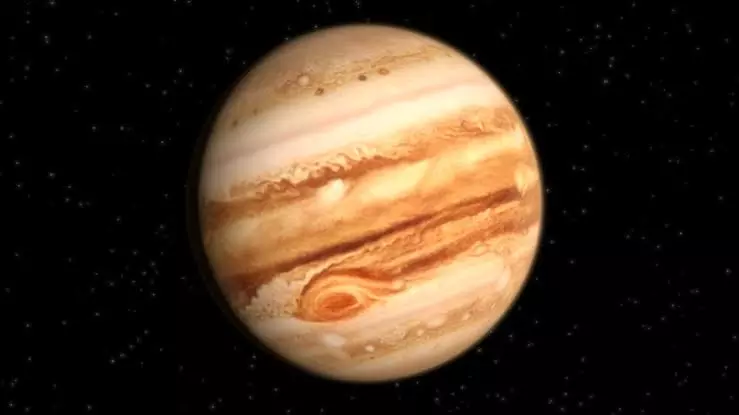
NASA to launch 'Lucy' into space to study Jupiter's asteroids
text_fieldsNASA will be launching the Lucy spacecraft, destined to study distant asteroids surrounding Jupiter, from Cape Canaveral aboard the Atlas V on Saturday at 5:34 am local time (9:34 am GMT). The Lucy craft will be the first solar-powered spacecraft to venture so far from the sun and will be the first spacecraft to return to the Earth's vicinity as it will make three flybys of our planet for 'gravity assists' during the course of its journey.
The objective of the Lucy mission is to study the Trojan asteroids trailing and flying ahead of the massive gas giant Jupiter. Thomas Zurbuchen, associate administrator of NASA's Science Mission, told reporters on a call that these asteroids and their pristine samples could provide important clues about the history and formation of our solar system as they contain traces of material from the time when the solar system was merely gas and rock surrounding our sun in a proto-planetary ring.
Lucy is named after a key hominid fossil that helped scientists theorise more about human evolution. NASA hopes that Lucy the spacecraft too will help understand the evolution of our solar system. Lucy's first encounter will be in 2025 with asteroid Donald Johanson in the Main Belt, between Mars and Jupiter. The body is named for the discoverer of the Lucy fossil. Between 2027 and 2033, it will encounter seven Trojan asteroids - five in the swarm that leads Jupiter, and two in the swarm that trails the gas giant.
Lucy the probe will in fact be carrying a diamond beam splitter into the sky -- the Lucy Thermal Emission Spectrometer (L'TES), which detects far infrared radiation, to map asteroid surface temperatures. This will help determine physical properties such as how much dust or rock is present, scientists said.






















